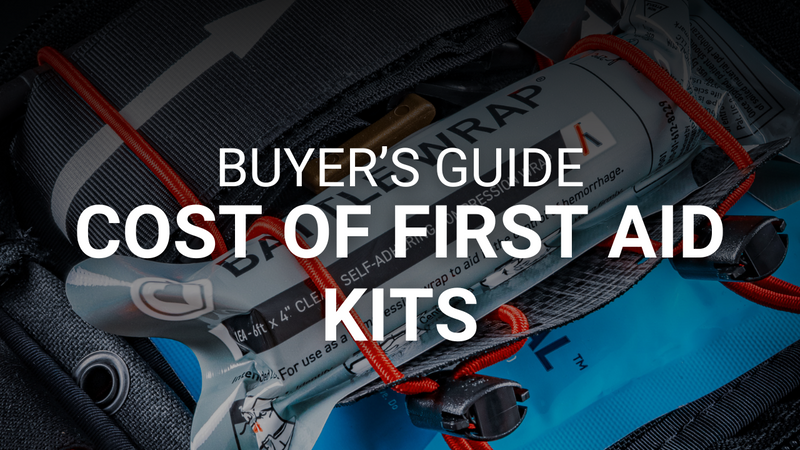How Much Should a First Aid Kit Cost?
When it comes to safety and preparedness, having a well-stocked first aid kit is a crucial investment. Whether you’re preparing for outdoor adventures, ensuring home safety, or equipping a workplace, a good first aid kit can be a lifesaver in emergencies. But how much should you expect to pay for one? Let’s break down what you should consider when determining the cost of a quality first aid kit and what factors influence its price.
Understanding First Aid Kit Essentials
Before diving into costs, it’s important to understand what constitutes a good first aid kit. A comprehensive kit typically includes:
- Adhesive bandages in various sizes
- Antiseptic wipes and ointments
- Adhesive tape and gauze pads
- Scissors and tweezers
- Instant cold packs
- Burn cream
- Medical gloves
- CPR face shield
- Thermometer
- First aid manual or instructions
Understanding Trauma Kit Essentials
There is a differentiation between a first aid kit and a trauma kit. Trauma kits should include items for heavy bleeding. This can be from lacerations, gunshot wounds, impaled object and more. A comprehensive trauma kit typically includes:
Price Ranges for First Aid Kits
The cost of a first aid kit can vary widely based on its contents, size, and intended use. Here’s a general breakdown:
- Basic First Aid Kit ($15 - $30): These are typically small, compact kits designed for minor injuries and everyday use. They usually contain basic supplies such as adhesive bandages, antiseptic wipes, and gauze pads. These kits are ideal for bumps and scrapes.
- Basic Trauma Kits ($60 - $200): Basic Trauma Kits have a large price range. Tourniquet such as the C-A-T Tourniquet stay around $30 in price. If you opt for Hemostatic Gauze to allow faster coagulation, that can be around $45. The cost of a trauma kit can stack up quickly depending on how far you want to take it. These kits are suitable for gun ranges, vehicle accidents, workplace incidents and law enforcement. These are suitable for larger families, small workplaces, or outdoor enthusiasts.
- Comprehensive Kits ($100 - $400+): A comprehensive kit should contain all the trauma kit items, but also the items for bumps, scraped and burns. Some of the best kits are actually OSHA Compliant Kits as they contain a large array of items and are already prebuilt for you.These are suitable for larger families, and small workplaces.
- Mass Casualty Kits ($400 - $1000+): Mass Casualty Kits fall almost into their own category. This is going to be more for TEMS, Law Enforcement and Military. These kits generally assist 4 or more individuals and contain multiple tourniquets, trauma dressings, chest seals and gauze. The bags on these kits make a large difference in price as well. With a mass casualty kit, you want to have a well organized bag that leaves all products accessible. Digging around looking for a specific item is the last thing a first responder wants to do. These kits are suitable for active shooter situations, large gatherings, the back of a patrol car and warzones.
Factors Affecting the Cost
- Quality of Materials: Higher-quality, durable materials and supplies typically come at a higher price. Kits made with premium components tend to be more reliable and longer-lasting.
- Number of Items: The more comprehensive the kit, the higher the cost. Kits with a larger number of items or specialized equipment generally cost more.
- Brand and Certification: Well-known brands or those certified by medical organizations often have higher prices. These brands may offer higher assurance of quality and reliability. Trauma supplies in particular are no thing to skimp out on. When it is between life and death, choose trusted, proven gear.
- Intended Use: Kits designed for specific environments or activities, such as hiking, boating, or workplace safety, may have a higher cost due to specialized contents and packs.
- Customization: Custom kits tailored to specific needs or preferences can be more expensive. For example, a kit designed for a workplace with particular risks might be pricier than a general-purpose kit.
-
Essential Medical Tools Every Hiker Should Carry When Backpacking in 2025 Backpacking into remote or …Aug 1st 2025
-
When uncontrollable bleeding occurs you want to be prepared. Having an effective tourniquet on hand …Jun 25th 2025
-
Law enforcement is one of the toughest jobs in the United States. The job has become m …May 30th 2025




